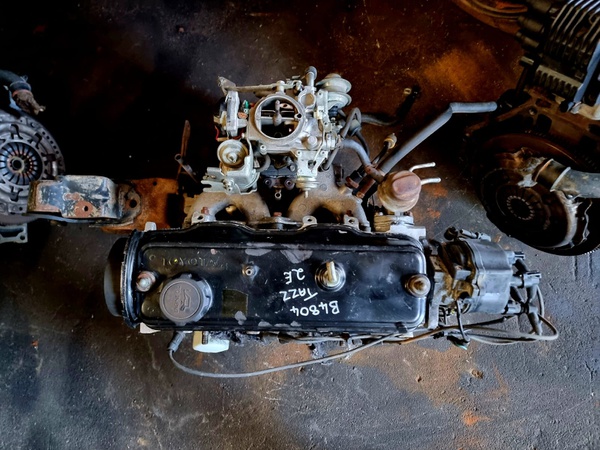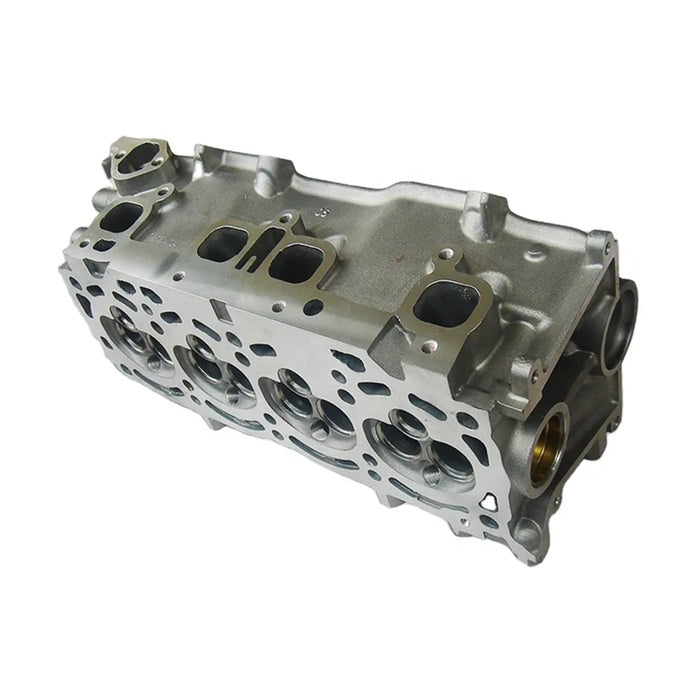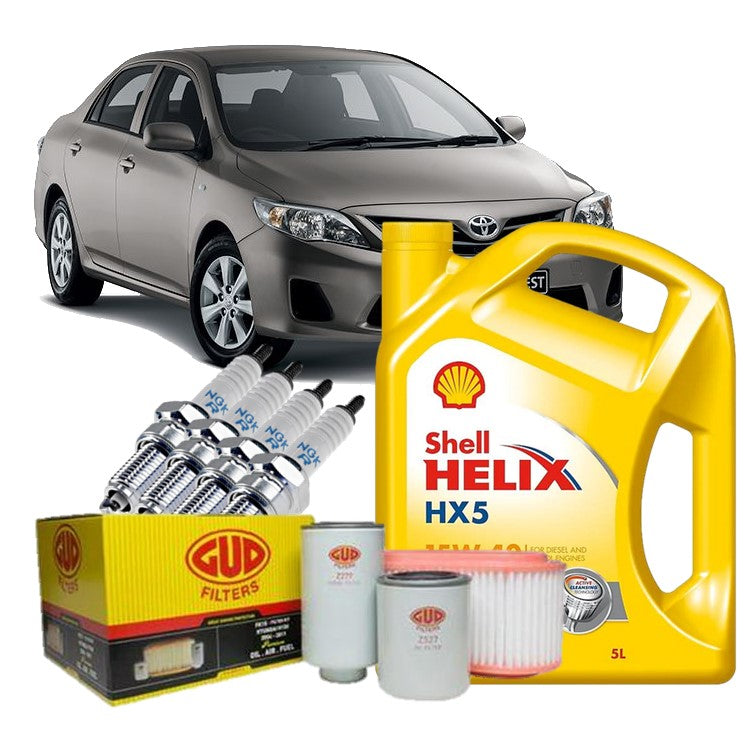Explore the most up to date Fads in Engine Modern Technology Through Tazz
In the rapidly developing landscape of vehicle modern technology, Tazz stands at the center, highlighting significant developments in engine systems that prioritize both development and sustainability. tazz. From crossbreed engines that enhance gas effectiveness to the appearance of hydrogen gas cells, the fads forming modern-day powertrains are not just boosting efficiency yet additionally resolving essential environmental challenges. As the industry remains to press borders, it is necessary to take into consideration just how these growths will certainly influence future transportation services and the broader implications for international power usage. What lies in advance in this pivotal transformation?
Crossbreed Engine Innovations
Crossbreed engine innovations stand for a critical shift in vehicle innovation, integrating the advantages of interior combustion engines with electrical propulsion systems. This integration not just enhances gas efficiency yet likewise lowers exhausts, meeting progressively stringent ecological regulations. By using both energy sources, hybrid engines can maximize performance, supplying power when needed while preserving fuel during much less demanding motoring problems.
Recent improvements in hybrid innovation consist of improvements in battery effectiveness and regenerative stopping systems. These developments permit for greater energy recuperation during deceleration, which can be rerouted to aid in acceleration or power auxiliary systems. In addition, producers are concentrating on light-weight materials and small layouts to take full advantage of the performance of hybrid powertrains.
The advancement of plug-in crossbreeds has actually also expanded the market, making it possible for drivers to charge their lorries making use of basic electrical outlets. This attribute often enables substantial all-electric range, additional decreasing reliance on typical gas. tazz. As the automotive industry remains to develop, hybrid engine innovations are anticipated to play a crucial role in connecting the space between traditional automobiles and completely electric designs, offering a transitional option that accommodates diverse consumer needs and choices
Breakthroughs in Electric Powertrains
The automotive landscape is rapidly developing, with electric powertrains becoming a leading pressure in lasting transportation. Advances in electrical lorry (EV) modern technology are substantially improving individual, performance, and performance experience. Secret innovations consist of improvements in battery chemistry, which have actually boosted energy thickness, minimized charging times, and prolonged overall battery life.
Solid-state batteries, for instance, guarantee to change the marketplace by providing better safety and performance compared to typical lithium-ion cells. Moreover, advancements in regenerative stopping systems are enabling automobiles to recover energy throughout deceleration, adding to overall effectiveness.
In enhancement to battery technology, electric motor styles are coming to be much more advanced. Technologies such as integrated motors and progressed thermal monitoring systems are helping to optimize power shipment and lower weight, ultimately enhancing automobile characteristics.

Collectively, these advances underscore the commitment to change in the direction of cleaner, extra reliable transport options, positioning electric powertrains at the forefront of automotive innovation.
The Surge of Hydrogen Gas Cells
Progressively, hydrogen fuel cells are acquiring traction as a sensible choice to standard interior combustion engines and battery electrical lorries. This innovation utilizes the chemical energy saved in hydrogen, transforming it into electricity via an electrochemical reaction with oxygen. The primary result of this procedure is water, making hydrogen fuel cells an eco pleasant option with absolutely no discharges at the tailpipe.

Car manufacturers are significantly purchasing hydrogen fuel cell innovation, acknowledging its possibility for long-range applications and rapid refueling capabilities that equal standard gas. Additionally, sectors such as durable transport and public transportation are especially fit for hydrogen gas cells, where battery electrical remedies may fail due to weight and range limitations.
As research study and investment remain to broaden, hydrogen fuel cells are poised to play a considerable function in the future landscape of clean transportation and energy services.
Enhancements in Internal Combustion Engines
Developments in interior combustion engine (ICE) innovation are transforming conventional lorries to fulfill modern-day ecological requirements and efficiency expectations. One of the most substantial improvements entails the combination of sophisticated link fuel injection systems. These systems maximize the air-fuel combination, boosting burning effectiveness and resulting in reduced exhausts. Straight fuel injection, for example, enables much better atomization of fuel, leading to even more total combustion and enhanced power result.
Furthermore, turbocharging has obtained importance, permitting smaller engines to deliver greater performance without the weight of bigger engines - tazz. This technology not just increases performance however also adds to lower gas click now consumption. Variable shutoff timing systems are also being fine-tuned, enabling engines to adjust to various driving problems for improved torque and responsiveness
In addition, using light-weight materials in engine building is becoming common, further improving gas effectiveness by reducing general vehicle weight. Engine control systems (ECUs) are significantly sophisticated, allowing real-time changes that optimize efficiency and emissions.
These improvements collectively symbolize a critical change in ICE modern technology, aligning with worldwide sustainability goals while still offering the efficiency drivers anticipate from their lorries. As the market evolves, these enhancements proceed to form the future of conventional auto engineering.
Future Trends in Engine Performance
Significant developments in engine performance are anticipated as producers focus on incorporating advanced innovations to satisfy rigorous ecological policies and consumer demands. The change in the direction of electrification, crossbreed systems, and different fuels is reshaping the vehicle landscape, driving advancements that boost gas economic situation and lower exhausts.
Among the vital fads is the execution of innovative products and producing methods. Lightweight composites and high-strength alloys add to lowered lorry weight, hence boosting total performance. Furthermore, the adoption of turbocharging and variable valve timing technologies permits boosted power outcome from smaller sized engines, even more enhancing fuel economic situation.

Conclusion
In verdict, the expedition of engine technology discloses substantial improvements that focus on sustainability and efficiency. Developments in hybrid engine systems, electric powertrains, and hydrogen fuel cells demonstrate a commitment to reducing emissions while boosting efficiency. Moreover, enhancements in interior combustion engines and an emphasis on light-weight products add to total engine effectiveness. As the vehicle sector remains to progress, these fads will play an important duty in shaping a cleaner and more sustainable future for transport.
From crossbreed engines that maximize gas efficiency to the development of hydrogen fuel cells, the patterns shaping contemporary powertrains are not only improving performance however likewise attending to essential ecological obstacles.Crossbreed engine technologies stand for a crucial change in vehicle modern technology, incorporating the advantages of interior combustion engines websites with electric propulsion systems.Additionally, turbocharging has obtained importance, enabling smaller engines to deliver higher efficiency without the weight of bigger engines. Furthermore, the adoption of turbocharging and variable valve timing technologies permits for enhanced power outcome from smaller engines, further boosting gas economic climate.
Enhancements in internal burning engines and an emphasis on lightweight materials add to general engine efficiency.